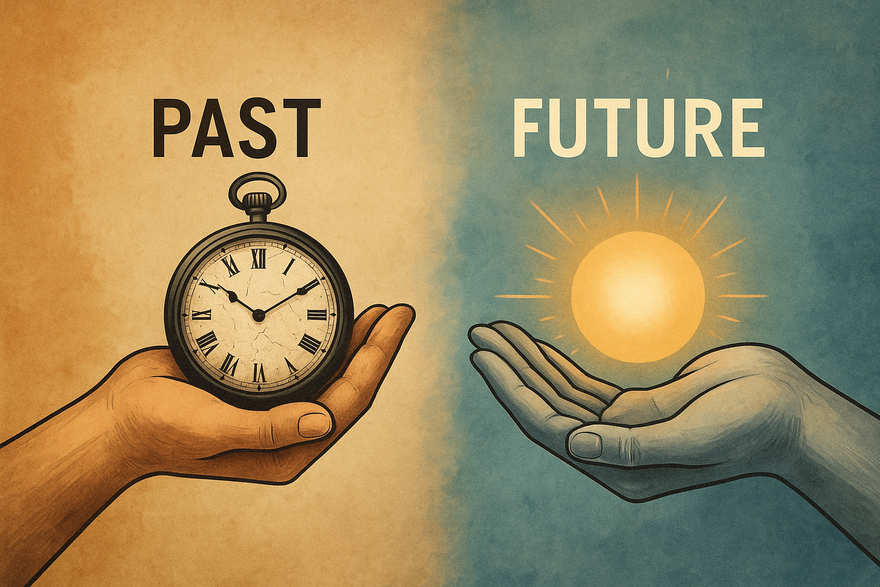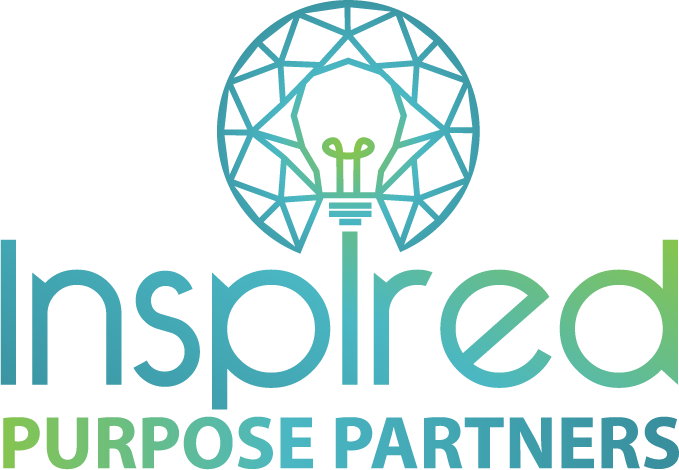Learning to Lead Between What We Forget and What We Cannot See

“The human world is shaped by two terrible truths: we are bad at predicting the future and we are good at ignoring the past.”
When I first heard this quote, it struck me with the weight of a paradox we all live with. As leaders, we’re constantly asked to chart the path ahead while carrying the lessons of what came before. Our default modes betray us; we often lunge forward with false certainty about what’s next, while brushing aside the inconvenient or uncomfortable wisdom of history. The result is a cycle of repeated mistakes, short-term wins that sour into long-term consequences, and cultures that mistake activity for foresight.
But if we accept these truths not as failings but as features of our humanity, something shifts. The work of leadership becomes less about clairvoyance or perfection, and more about cultivating humility and perspective. It’s about learning to lead in the in-between space: where we cannot fully predict, and we dare not fully forget.
History offers endless reminders. The Dust Bowl of the 1930s, for example, was not simply an environmental accident but the outcome of ignoring indigenous agricultural wisdom and repeating shortsighted practices of overproduction. More recently, we’ve seen how public health crises overlap and intensify: in every pandemic, warnings are dismissed, science becomes politicized, and the human cost multiplies. These examples remind us that what we ignore often returns with greater force.
And yet, some leaders model a different way. Nelson Mandela used the weight of decades in prison not to calcify resentment but to cultivate reconciliation. Toyota institutionalized “hansei” (structured reflection) so that mistakes were never buried but examined and translated into resilience. In both cases, memory became not an anchor but a compass.
This is where reflective leadership matters. If we stop trying to be prophets and start being pattern-seekers, our role is not to predict the future but to prepare for multiple possibilities. That requires building adaptive systems, investing in resilience, and asking harder questions of history: What did we learn the last time ambition outpaced ethics? What did we ignore the last time speed outstripped reflection?
I’ve seen this at the personal level, too. A client once told me, “I keep ending up in the same burnout cycle, even when I switch companies.” The truth wasn’t in predicting the future of his industry or mastering his next role. It was in pausing to truly confront his past patterns that he realized how he tied his self-worth to overperformance and the unconscious rewards he gave himself for exhaustion. Only by facing those echoes could he create a different path forward.
And I’ve had to build these practices myself. Before big decisions, I revisit old notes, not to relive them but to track the patterns that otherwise slip beneath memory’s surface. I keep a “decision journal” where I record my assumptions and revisit them months later. More often than not, I am humbled by what I overlooked and guided by what quietly repeats. This small ritual anchors me between hindsight and foresight.
There’s also a psychological reality at play. We suffer from recency bias, which causes us to overvalue recent events. We often succumb to the hindsight bias, believing the past was more predictable than it actually was. And we carry optimism bias, assuming the future will bend to our plans. Leaders who know this don’t beat themselves up for it; they design practices and cultures to counteract it.
So here’s my invitation: stop treating the future as something you can script and the past as something you can bury. Instead, treat both as essential partners. The past is not there to shame us but to shape us. The future is not there to be solved but to be stewarded.
Leaders who embrace this dual awareness begin to move in a different way. They speak with less false certainty and more grounded vision. They avoid the trap of repeating yesterday’s mistakes in tomorrow’s packaging. And most importantly, they build cultures that are less brittle, where people can learn, adapt, and grow without clinging to the illusion of perfect prediction.
Ultimately, leadership is not about controlling what comes next. It is about guiding with wisdom, curiosity, and humility in a world that will always surprise us. To remember more fully and imagine more bravely is not just a survival strategy; it’s a creative act. If the past grounds us, imagination lifts us. And together, they allow us to shape a human future worth stepping into.


1 comment
Really insightful article. I like the idea that leadership isn’t about predicting the future but about remembering wisely — leading in the space between what we forget and what we hope for. The reflection on biases like recency, hindsight, and optimism really hit home; it’s a great reminder that awareness, not guilt, is what helps us grow as leaders.
Cheers
Andre
Flower delivery Norway
Leave a comment
Please log in or register to post a comment